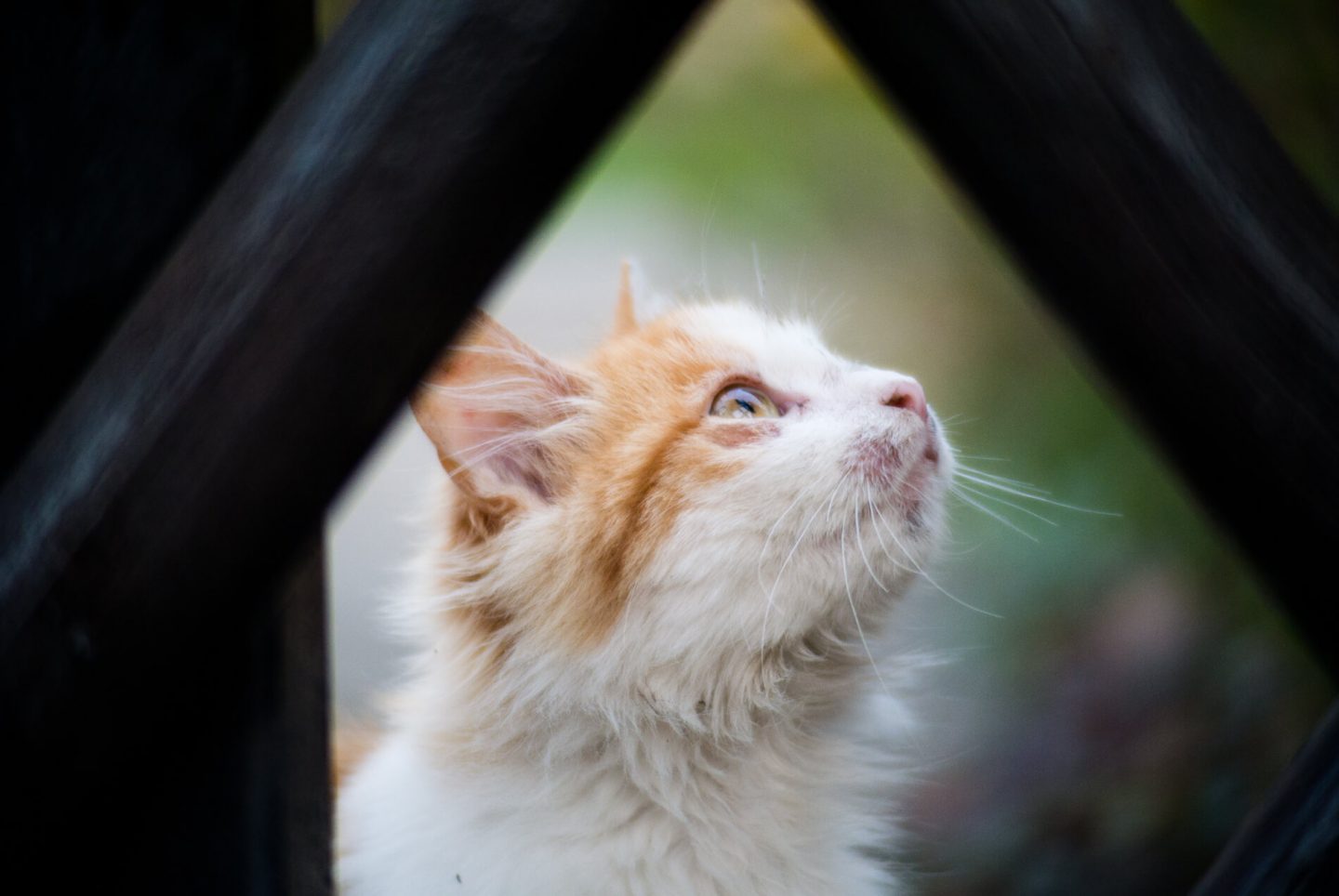Analysis
The Loss of Chevron Could Also Be a Major Loss for Animals
Law & Policy•6 min read
Perspective
Many communities address their feral cat problem with dated solutions--only to be disappointed by the same results over and over again. It's time they realized they don't have to kill cats to control the feral population.


Words by Ed Boks
Feral, or “wild,” cats are born from tame cats who are allowed to run loose or were abandoned by owners. Raised without human compassion, feral cats grow up to breed with other feral and free-roaming cats, causing the wild population to skyrocket exponentially. Feral cats are considered a public nuisance by some and a public health concern by others. When properly managed, they need not be either.
The two methodologies employed by most communities are eradication or doing absolutely nothing. Decades of applying these strategies have proven they do not work. And biology can tell us why.
Feral cats typically live in colonies ranging in size from six to 20 cats. When individuals try to catch cats for extermination, this heightens the biological stress of the colony, triggering a survival mechanism that causes them to breed more often with more births each time. Consequently, instead of birthing one litter per year with three kittens, a stressed female will produce two or three litters per year with as many as nine kittens in each litter.
Even in the unlikely event that a person could catch and remove all the feral cats in a neighborhood, a phenomenon that is known as “the vacuum effect” would result. Once a colony is removed, surrounding colonies enter the vacated territory and breed at higher rates due to the increased availability of resources. The neighborhood where cats are captured will be quickly overrun by new feral cats fighting over females, wailing sharp cries as they court mates, and spraying their territory.
Extermination only exacerbates the problem and actually produces worse results than doing nothing at all.
Fortunately, there is a third strategy that is increasingly practiced in communities across the United States and around the world with amazing results. It is called Trap/Neuter/Return, or TNR.
With TNR, all the feral cats in a neighborhood are trapped, sterilized, and returned to the area where they were captured, all under the care of a colony manager. The colony manager is a trained volunteer in the neighborhood willing to feed, water, and care for the colony.

TNR prevents the vacuum effect. Sterilized cats display none of the troubling behaviors of unsterilized cats. Feral cats also provide a service many neighborhoods unknowingly rely on. Cat urine scares away mice, so this service can be preserved by keeping feral cats alive. And since feral cats only live three to five years, their colonies will decline through attrition, provided that TNR is implemented community-wide.
This intervention also solves public nuisance complaints. There is an old adage that reads “you can’t herd cats.” In fact, you can easily herd sterilized cats because they tend to hang around the food bowl. No longer having the urge to breed and prey, they follow the food bowl wherever the colony manager takes it. So, they can be easily moved out of the way of the general public.
TNR is a non-lethal, humane, and cost-effective solution. All animal shelters would be well advised to enact a moratorium on accepting feral cats until a comprehensive community-wide feral cat program can be initiated.
Animal shelters interested in saving both lives and money should work with others in their community to develop a program to provide residents the training and tools they need to effectively employ TNR in their neighborhoods.
Government officials should endorse TNR as an official public health policy.